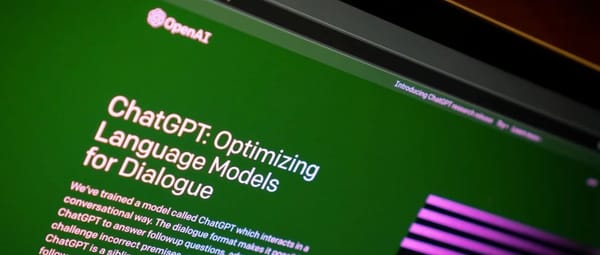Seed4J 2.0 Released: Migrating from JHipster Lite with a Focus on Modularity and Architecture Optimization
Seed4J 2.0 Release Overview
The release of Seed4J 2.0 delivers significant improvements, including:
- Bug fixes
- Enhanced documentation
- Updated dependencies
- Migration from JHipster Lite 1.35.0
- Support for Angular Internationalization (i18n)
---
Background: From JHipster Lite to Seed4J
What is Seed4J?
Formerly known as JHipster Lite, Seed4J is described as:
> "A modular code generator that helps developers bootstrap their applications with clarity, structure, and purpose."
Migration Details
The migration from JHipster Lite 1.35.0 (August 2025) required:
- Refactoring namespaces from `tech.jhipster` ➜ `com.seed4j`
- Renaming Java and TypeScript files that used the JHipster prefix
---
Why the Migration Happened
As explained in Pascal Grimaud’s LinkedIn post, the shift to Seed4J was driven by three main factors:
- Refactoring to Attract Contributors
- JHipster’s complexity didn’t meet client needs.
- Grimaud stopped using it 4 years ago.
- Better Visibility
- Despite stability, hosting JHipster Lite on JHipster’s site caused confusion.
- Debate Over JDL Integration
- Some wanted to integrate the JHipster Domain Language.
- Others argued apps should start from the business domain, not the database.
Outcome: The team created their own independent space, site, and fork.
---
Angular Internationalization (i18n)
Seed4J now supports Angular i18n, enabling projects to run across global locales.
Key Concepts:
- Internationalization (i18n)
- Preparing code for adaptation into multiple languages and cultural formats.
- Localization
- Translating and formatting data to match locale conventions.
Learn More:
Watch this YouTube video for a detailed introduction to Angular i18n.
---
JHipster Lite Origins
JHipster Lite, introduced in December 2021, is designed to:
> "Quickly generate, develop, and deploy modern web applications and microservice architectures."
Pascal Grimaud’s Motivation:
> - Start coding without picking database, cache, or security modules early.
> - Keep it modular, high-quality, and flexible.
> - Add dependencies later as needed.
> - Avoid complexity from the original JHipster.
---
Hexagonal Architecture Foundation
Seed4J is built on hexagonal architecture (see blog post).
Definition:
> An architectural pattern where input/output flow through ports and adapters, isolating core business logic from external technologies.
Benefits:
- Easier to test, adapt, and evolve code
- Clear separation of concerns
- Flexible technology integration
Grimaud notes Seed4J’s success in applying this approach, validated by SonarQube analysis.

---
Craftsmanship & Clean Code
Grimaud values JHipster’s contributions but emphasizes:
> "Seed4J is about craftsmanship, clean code, and hexagonal architecture."
For more details, see the official Seed4J 2.0 release notes.
---
Cross-Platform Content Ecosystem: AiToEarn
In the broader development landscape, AiToEarn offers:
- Open-source global AI content monetization
- Integration of AI code generation with multi-platform publishing
- Reach across:
- Douyin, Kwai, WeChat, Bilibili, Xiaohongshu, Facebook, Instagram, LinkedIn, Threads, YouTube, Pinterest, X (Twitter)
- Analytics & AI model rankings (link)
- Comprehensive documentation
Shared Philosophy with Seed4J
Just as Seed4J focuses on clarity, structure, and visibility in application development, AiToEarn applies modular, scalable principles to AI-driven content creation.
---
Summary:
Seed4J 2.0 marks a strategic step away from JHipster Lite, embracing a leaner, modular architecture and aligning with tools like i18n for global-ready applications. Its hexagonal design philosophy parallels modern platforms like AiToEarn, both fostering flexibility, clarity, and scalable growth.
---
Would you like me to also create a side-by-side comparison table between JHipster Lite and Seed4J 2.0 for quick reference? That would make this release note even more skimmable.



